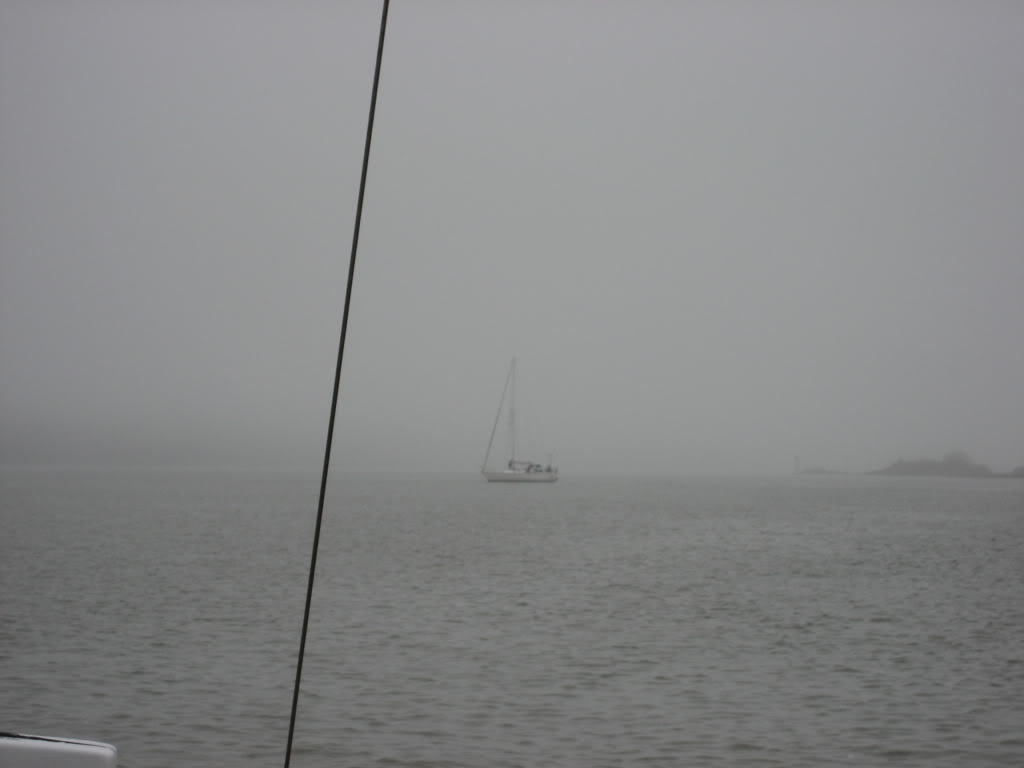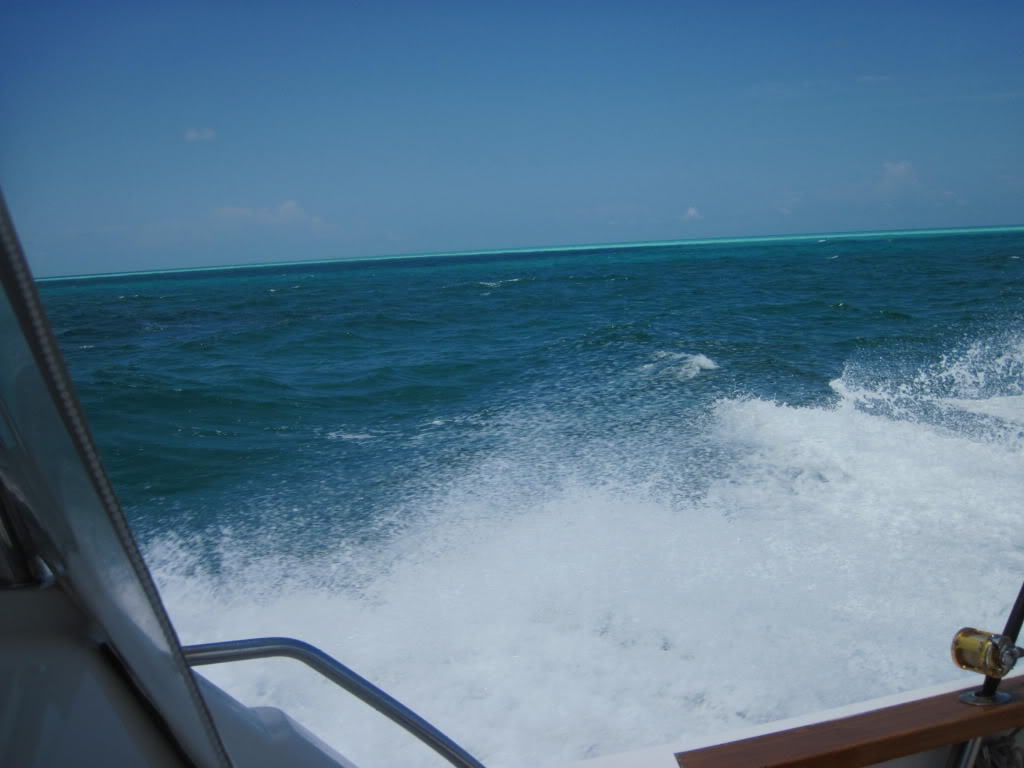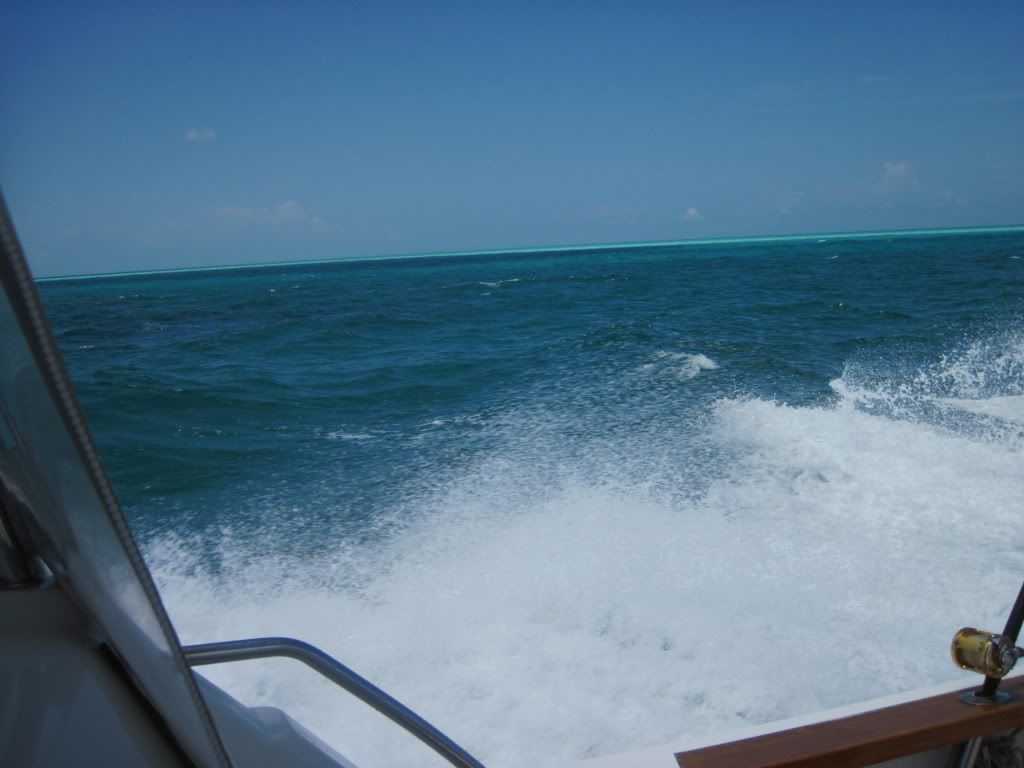A lot depend your area and type of boating. Most long range boat have two of most things, and/you are not integrated, but each is independent of the other. The cheapest of course are bundles/integrated packages which many pleasure boat have. Furuno, Raymarine are the two oldest know that have the full package, radar, GPS, electronic charts, depth/fish finders, sonar, auto pilots, weather, ruder indicator. Others are Garmin, Lowrance, Standard, JRC that have most of the components. Furuno is the preferred with most commercial, and long range boats. Raymarine use to be Rayathone, is preferred with most pleasure and recently Garmin is comingon strong.
15 years ago Furno and Rayathone were the two that offered the components. We went with Rayathone as they were mfg in the US, well known, and had parts/service available in the PNW. Furuno was foreign made and did not have parts/service. Integrated/bundle package were not offered at that time, so the components are separate stand, which has pro and cons.
I am looking at purchasing a back up system to our 15 year olds electronics and will probable be a cheaper/bundled package, probable Raymaine to match the old electronics, with Fruno/Garmin second. However, if I was going to buy a new primary today, Furuno would be the first but still independant stand alone units. Since our radar has a 30 mile range, the new broad band radar with shorter range and better detail looks interesting, so the back radar up will probable be broad band.




 However, it’s back up to what we have now, which keeps on working. I took out the old old Rayathone electronics which still worked, but they dated the boat. .
However, it’s back up to what we have now, which keeps on working. I took out the old old Rayathone electronics which still worked, but they dated the boat. . 